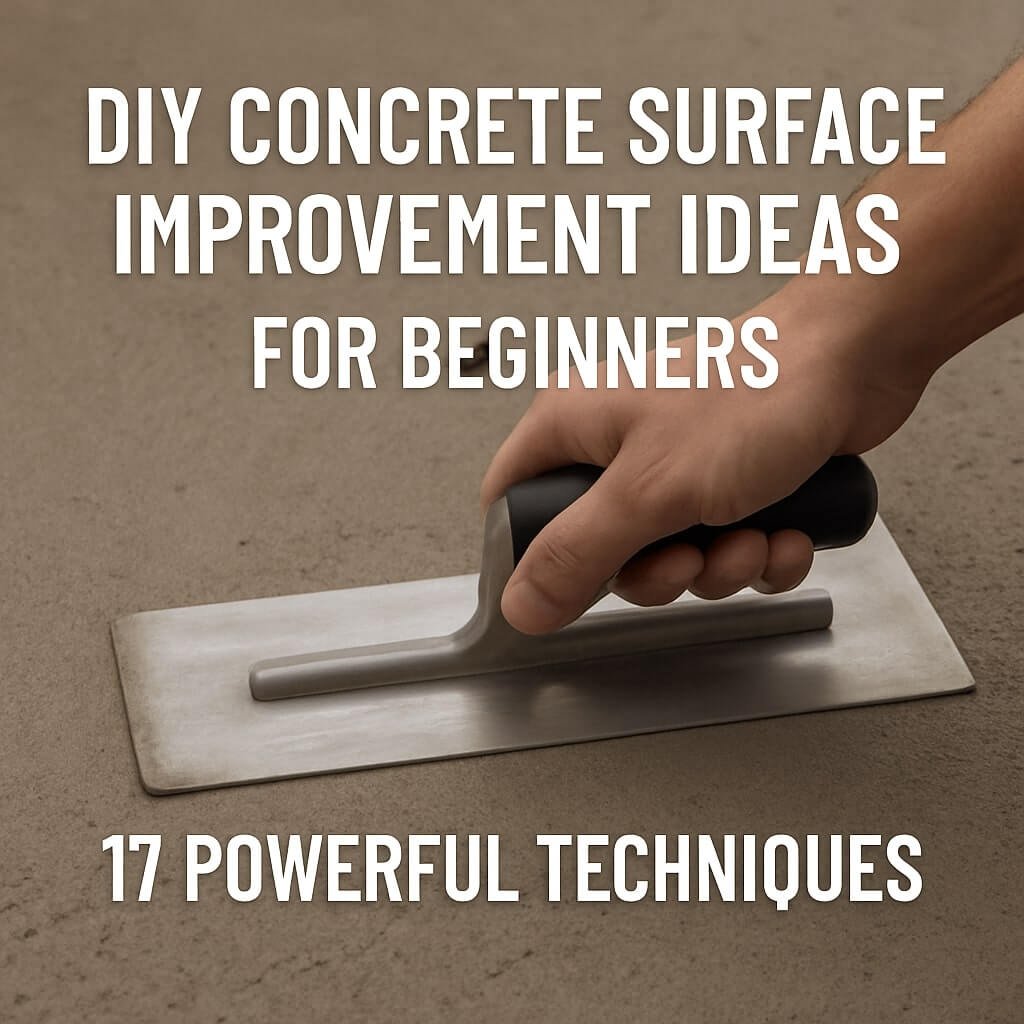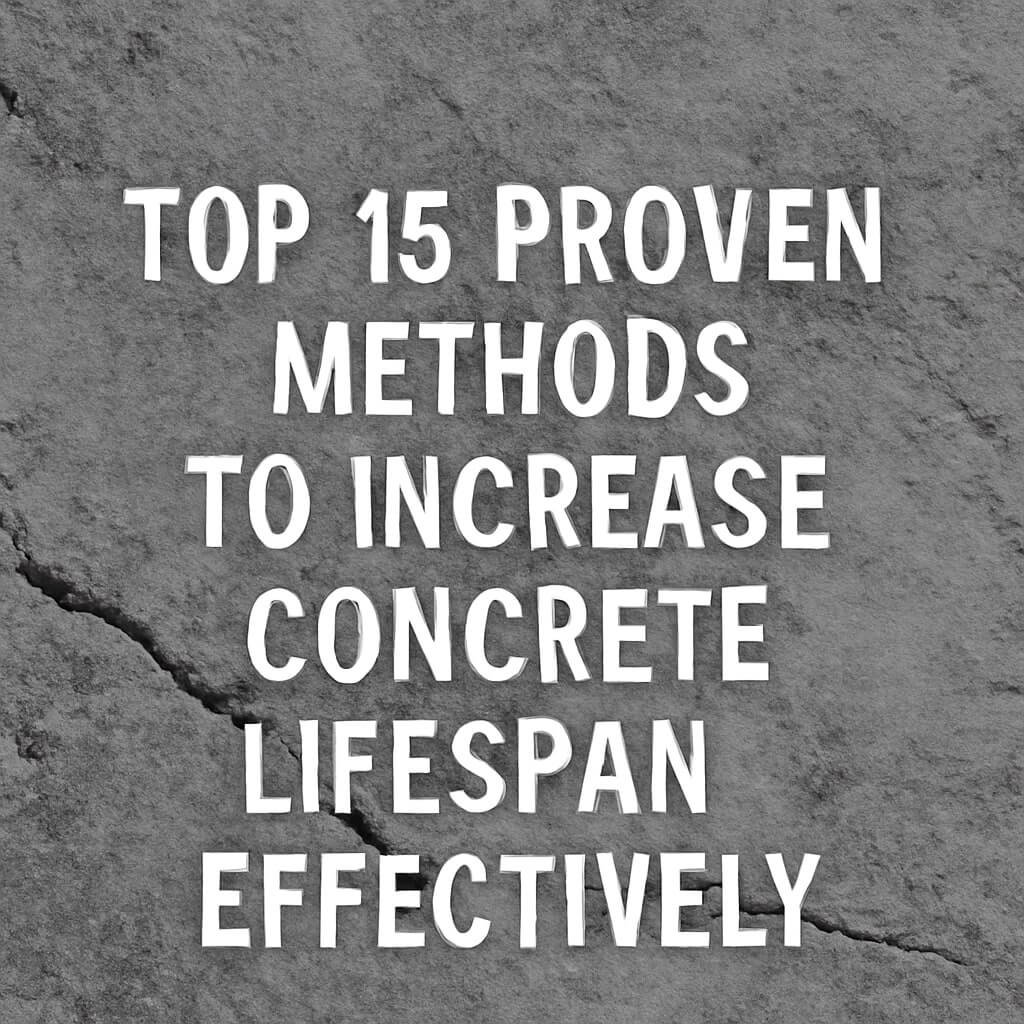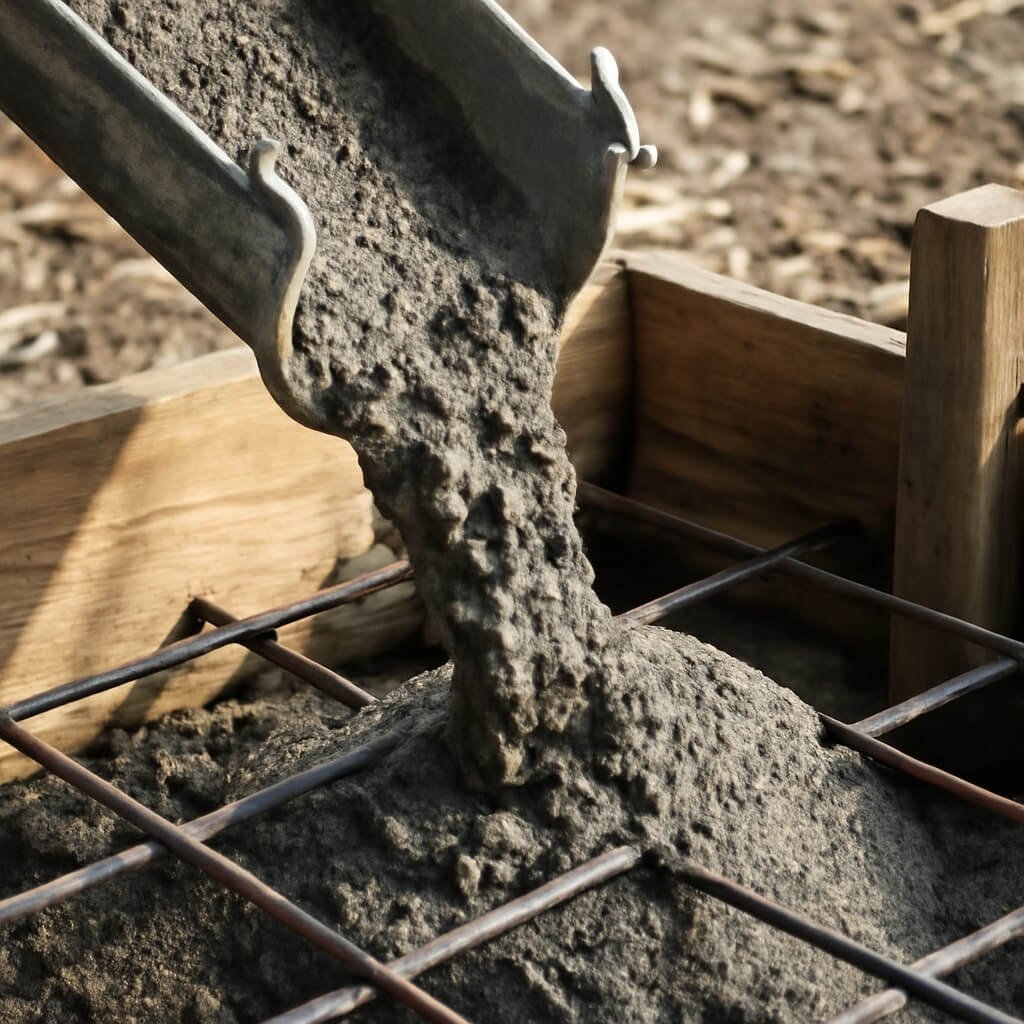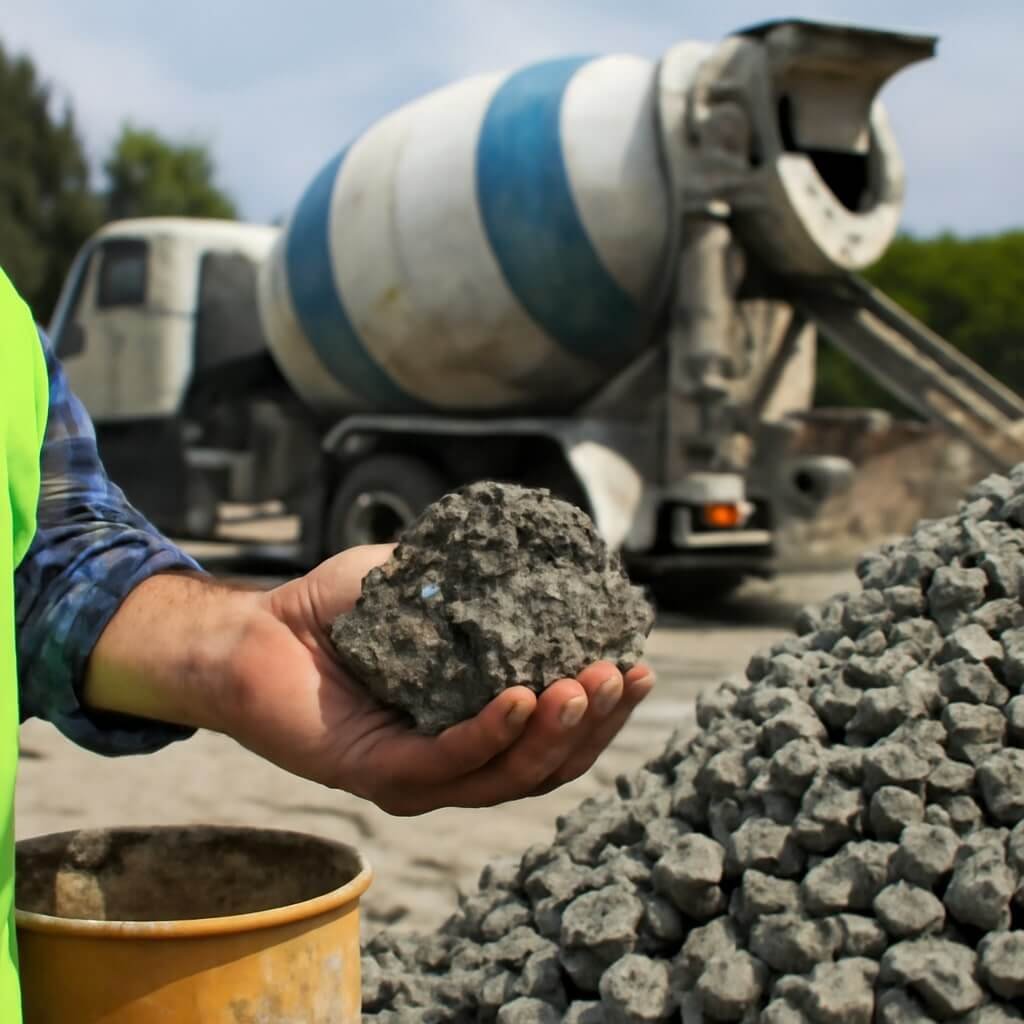Concrete surfaces are everywhere — from your driveway and patio to your garage floor and even interior walls. While concrete is incredibly durable, over time it can become dull, cracked, or stained, which can detract from the overall look and feel of your space. If you’re new to DIY and want to improve your concrete surfaces without calling in a professional, this guide is made just for you.
In this article, we’ll walk through 17 powerful and beginner-friendly DIY concrete surface improvement ideas, from cleaning and repairing to staining and stamping, so you can transform your concrete into something that looks fresh, vibrant, and inviting.
Understanding Concrete Surfaces

Before diving into improvement techniques, it’s important to understand what you’re working with.
Types of Concrete Surfaces
Concrete surfaces come in many forms:
- Driveways and sidewalks: High-traffic areas exposed to weather.
- Patios and pool decks: Outdoor spaces that need durability and slip resistance.
- Garage floors: Often exposed to oil stains and heavy use.
- Interior floors and walls: Polished or unfinished concrete is increasingly popular indoors.
Common Issues with Concrete
Concrete can develop various issues:
- Cracks: Caused by settling, temperature changes, or heavy loads.
- Stains: Oil, rust, dirt, and algae are common culprits.
- Discolouration: Caused by weathering, sun exposure, or poor finishing.
- Rough or uneven texture: Can be uncomfortable and unattractive.
Knowing these common issues helps you pick the right improvement technique.
Essential Tools and Materials for Concrete DIY
Safety Gear
Safety first! Always protect yourself with:
- Gloves to avoid chemical exposure and abrasions.
- Masks to prevent inhaling dust or fumes.
- Goggles to shield your eyes from splashes or debris.
Basic Tools
Here’s what you’ll typically need:
- Trowels and putty knives for applying fillers or overlays.
- Concrete grinders or sanders for smoothing surfaces.
- Wire brushes and pressure washers for cleaning.
- Paint rollers and brushes for applying stains, paints, or sealers.
Preparing Concrete Surfaces for Improvement
Proper preparation is the key to a lasting, beautiful finish.
Cleaning Methods
Start by thoroughly cleaning the surface:
- Pressure washing removes dirt, algae, and loose particles.
- Chemical cleaners (like trisodium phosphate) tackle grease and stains.
- Always rinse well and let the surface dry completely before proceeding.
Repairing Cracks and Holes
Before adding finishes, fix damage:
- Use concrete patching compounds for small cracks and holes.
- For larger cracks, apply epoxy injections or repair mortars.
- Smooth repairs with a trowel and allow adequate drying time.
17 DIY Concrete Surface Improvement Ideas
Now, the fun part — the techniques you can try yourself!
1. Concrete Resurfacing
Resurfacing involves applying a thin layer of new concrete mix or overlay. It refreshes old, worn surfaces and hides minor imperfections. It’s a great option for patios and driveways.
2. Stamping Concrete
Create patterns by pressing textured stamps into wet concrete or overlays. Popular for replicating stone, brick, or tile looks. Adds texture and curb appeal.
3. Staining Concrete
Concrete stains penetrate the surface to add rich, translucent color. Acid-based and water-based stains are common. Stains offer a natural, variegated look and are perfect for indoor floors or patios.
4. Painting Concrete
Concrete paint comes in many colors and finishes. Choose breathable paint designed for concrete to avoid peeling. Ideal for garage floors or decorative walls.
5. Sealing Concrete
Sealers protect concrete from water, stains, and wear. They enhance color and add a slight sheen. Reapply every 1-3 years, depending on foot traffic.
6. Polishing Concrete
Polished concrete is smooth and shiny. Use progressively finer grits with a concrete grinder. Polished surfaces are durable, easy to clean, and stylish.
7. Adding Decorative Overlays
Overlays are thin layers that can be textured, colored, or patterned. They conceal damage and add design elements without full replacement.
8. Etching Concrete
Acid etching roughens the surface slightly for better stain or paint adhesion. Use diluted muriatic acid carefully with safety gear.
9. Applying Concrete Dyes
Dyes produce vibrant, uniform color that penetrates deeper than paint. Great for artistic effects and custom colors.
10. Using Concrete Stencils
Stencils help create intricate designs and patterns on concrete with paints or stains. Ideal for personalized patios or walkways.
11. Incorporating Pebbles and Aggregates
Expose or add decorative stones on the surface for texture and style. Also known as exposed aggregate concrete, it’s slip-resistant and attractive.
12. Installing Rubberised Concrete Mats
For safety and comfort, rubber mats can be adhered to concrete surfaces in play areas or gyms.
13. Repairing with Epoxy
Epoxy fills cracks and bonds damaged areas. It’s durable and chemical-resistant, perfect for garage floors.
14. Using Concrete Overlays
These overlays come in polymer-modified mixes that bond well to old concrete, allowing you to resurface with a fresh, durable finish.
15. Applying Textured Paints
Textured paints add grip and conceal imperfections. They’re excellent for patios and pool decks.
16. Integrating Lighting
Embed LED lights or solar fixtures around concrete for ambience and safety.
17. Using Concrete Stains with Sealers
Combine staining with a topcoat sealer for long-lasting color and protection against wear.
Maintaining Your Improved Concrete Surface
Regular Cleaning and Inspection
Keep your concrete clean by sweeping, hosing down, or gently washing. Inspect annually for new cracks or wear spots.
Avoiding Common Mistakes
- Don’t skip surface preparation.
- Avoid harsh chemicals that damage sealers.
- Don’t apply coatings in extreme temperatures or wet conditions.
Frequently Asked Questions (FAQs)
How often should concrete be resealed?
Can I improve concrete surfaces myself?
What is the cost of DIY concrete improvement?
How do I prevent cracks from reappearing?
Which method is best for outdoor concrete?
How long do stains and dyes last on concrete?
Conclusion
Improving your concrete surfaces doesn’t have to be intimidating or expensive. With the right tools, preparation, and techniques, you can transform dull, damaged concrete into a beautiful, durable feature of your home. Whether you choose to resurface, stain, or stamp, these 17 DIY ideas provide plenty of options for beginners ready to enhance their space.
Remember, consistent maintenance is key to preserving your hard work and enjoying your improved concrete for years to come.



